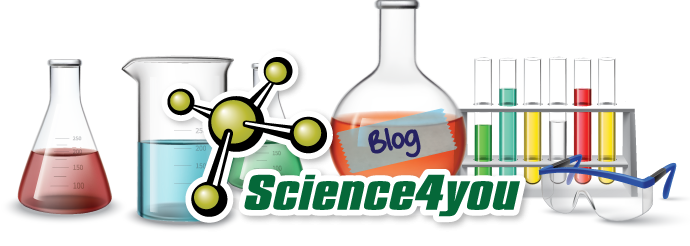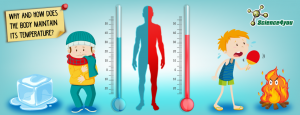Why and how does the body maintain its temperature?
We are sure you’ve ever experienced feeling cold or hot, little scientist, but do you know why it happened? Have you ever wondered why and how your body maintain its regular temperature? Discover it with us on our blog!
Whether we are shivering with cold in the winter or perspiring in the warmest weather, a thermometer placed in our mouth will show that the temperature of the body inside is exactly the same at both times. The power to maintain a certain temperature under all the different conditions of life is one of the most remarkable of the powers of the human body. The internal temperature of the body is constantly maintained at about 98,5 degrees F. This is more wonderful when we consider how greatly the temperature of the air may vary at different seasons and in different countries (from 70 degrees below zero in Arctic regions to 130 degrees above in the sultry deserts of northern Africa).
The only creatures which have this great power of maintaining a constant temperature in spite of changes in the surrounding air are mammals and birds. These animals are called warm-blooded, because they are usually warmer than surrounding objects and animals that do not have this power are called cold-blooded, because they usually feel colder to the touch than do warm-blooded animals.
The temperature of the body is regulated in the same way you may control the temperature of your room by regulating the amount of heat. Heat production is also determined by the quantity and quality of the food. A larger quantity of food is required in the winter than in the summer, especially by one actively exercising.
How our body maintains a constant temperature?
The real regulator of the body temperature is the nervous system, but the work is done by means of the three organs: the muscles, the blood vessels, and the sweat glands. Temperature receptors in the skin detect changes in the external temperature. They pass this information to the processing centre in the brain, called the hypothalamus. The processing centre also has temperature receptors to detect changes in the temperature of the blood. The hypothalamus automatically causes changes to the effectors to ensure our body temperature remains constant, at 98,5 F. The effectors are sweat glands and muscles. If we are too hot or too cold, the processing centre sends nerve impulses to the skin, which has two ways to either increase or decrease heat loss from the body’s surface. When you are too cold, the blood vessels of the skin contract and shut out the blood, allowing only a small quantity to pass through. The blood is thus kept in the warm interior of the body. When you become too hot, the blood vessels of the skin open up and allow a large amount of blood to pass out into the skin where it becomes cooled. This is the cause of the flushing of the face and sometimes even of the whole body, when it is exposed to a warm atmosphere.
The hypothalamus is also involved in the release of many other hormones that control everything from your blood pressure to how much you grow when you’re young. This makes the hypothalamus the main link between the brain and your hormonal system.
We hope, we satisfied your curiosity, little scientists! Keep tuned to our blog if you want to find out more interesting scientific fact and our latest news!

